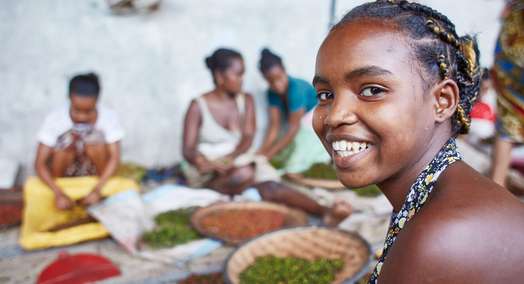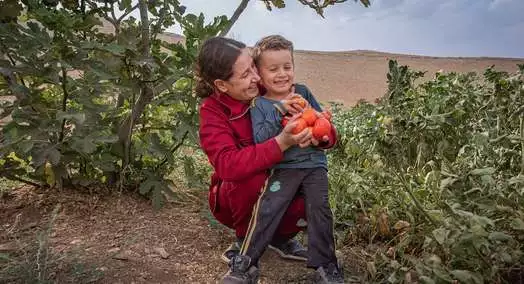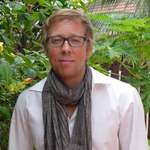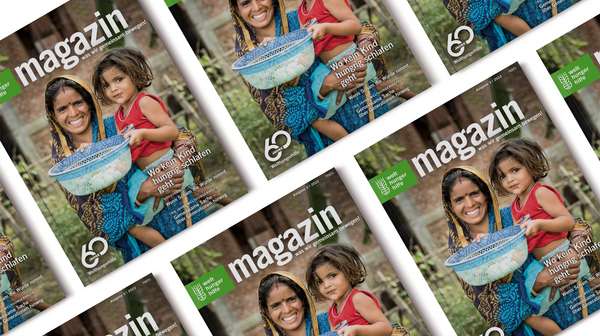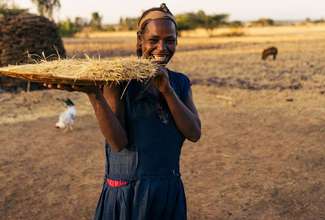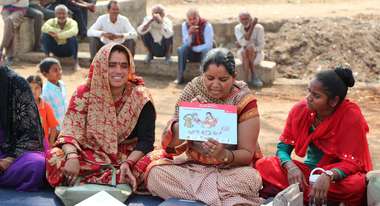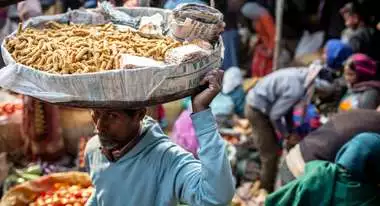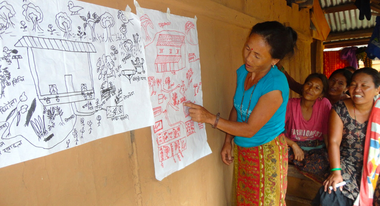Nutrition Smart CommUNITY
Where no child goes to bed hungry: A Welthungerhilfe pilot program supports village communities in counteracting the multifaceted causes of hunger with equally multifaceted solutions.
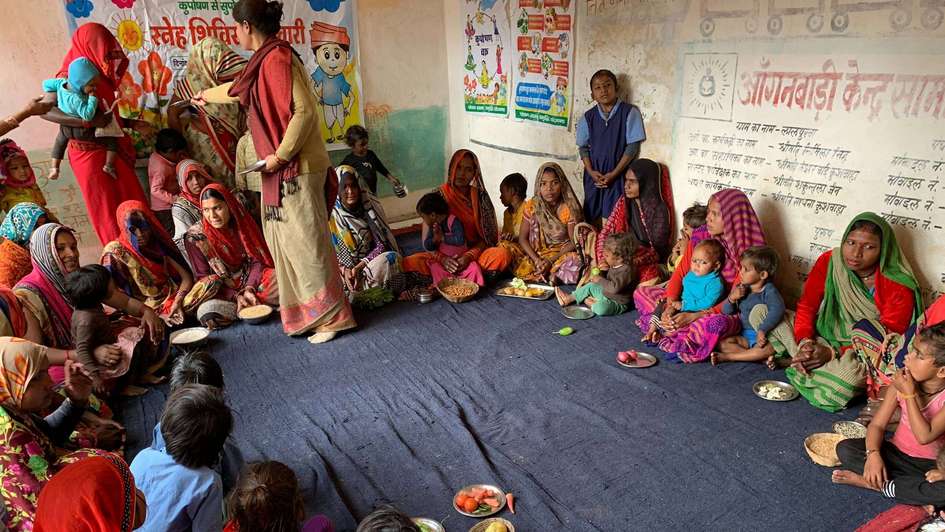
Globally, around 735 million people do not have enough to eat, and over two billion suffer from malnutrition. A Welthungerhilfe (WHH) pilot program supports particularly affected village communities to counteract the complex causes of hunger with equally complex solutions. In Nutrition Smart CommUNITYs, people, local organizations, and authorities are networking to jointly advance developments in agriculture, health, and nutrition. After establishing 670 model villages in India, Bangladesh and Nepal, WHH is now exporting the concept to other regions.
Where no child goes to bed hungry
Arun was developing and growing more slowly than other children in the village of Nayagaon in the Sheopur district of India. He cried and was irritable, anxious and always tired. His mother, Sunita Adiwasi, was unaware that all of these symptoms were due to malnutrition and undernourishment. “Whenever Arun cried, I would soothe him with cookies,” she says, referring to a piece of roti, a type of flatbread that many children in the village would chew on for hours until their mothers returned from the fields. When WHH’s project began in 2018, Arun was one of 70 malnourished children in Nayagaon. “The women in the village didn’t spend much time feeding their children properly,” Sunita says. “We used whatever was available.”
And by no means was there always something available. When summer begins, droughts and water shortages dominate life in the district: up to 47 degrees Celsius (116 degrees Fahrenheit) smolder over parched grasslands, where gaunt cattle scavenge for something to feed on that is no longer growing. At this stage, there is neither work nor food left. It is the time of migration journeys when entire families travel long distances to where the parents will hopefully earn just enough money to survive as day laborers. When they return, they are usually still poor – and often have sick and malnourished children.
Nayagaon has become a model village as part of WHH’s concept of developing Nutrition Smart Villages. One of the goals of each of these villages is that no child goes to bed hungry anymore, and that people no longer have to leave the village to secure a livelihood elsewhere. However, since there is no one single cause of hunger, but many different interrelated factors – there are just as many ways to intervene. That is why WHH has selected the experiences and methods that have emerged as best practices from nutrition projects all over the world and incorporated them into an integrated approach. This framework aims to counteract any causes of chronic hunger and malnutrition with systemic measures at all levels. And it does so locally, cost-effectively and in a way that can be replicated in other regions. Interlinked approaches form the basis:
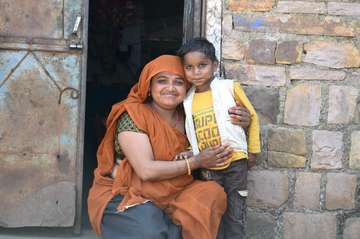
Creating nutritional awareness
Sunita Adiwasi did not know that the reason her son Arun was not developing according to his age was that she fed him incorrectly. Mothers were unaware of how important it is to nurse their children with healthy breast milk, and families were growing the same few crops over and over again. As long as old habits prevail, the village as a system is not moving forward. Behavior changes only come with knowledge. In the model villages, the women find out what healthy nutrition entails, but also learn about the importance of hygiene, clean water and health care. In classes, they practice preparing balanced meals, and they nurse and feed their children, who are weighed and measured regularly. “Arun has grown,” Sunita says with a smile. “And he doesn‘t cry anymore.” Only three of what used to be 70 children in Nayagaon still show signs of malnutrition.
Making agriculture serve nutrition
Families in the villages are supported in growing a wide range of food, enough so that everyone can live healthily – even during the summer months. Families learn how to plant home gardens, and smallholder farmers receive training in sustainable farming methods and biodiversity. One of them is Ram Charan from Acharwala Seharna in the state of Madhya Pradesh. The 45-year-old‘s slight build is a visible consequence of growth disorders caused by malnutrition in childhood. He wants his three children and six grandchildren to be better off, and now he knows what he has to do to make that happen. “In the summer, my garden now grows bitter melon, okra, pumpkins, cilantro and chilies,” he says, not without pride. “In addition, various grains thrive all year round, and I make my own organic fertilizer.” Ram Charan‘s days as a day laborer are over. So are the days when his family‘s food contained almost no vitamins. And what is most definitely over is the time when they didn‘t even know what vitamins were.
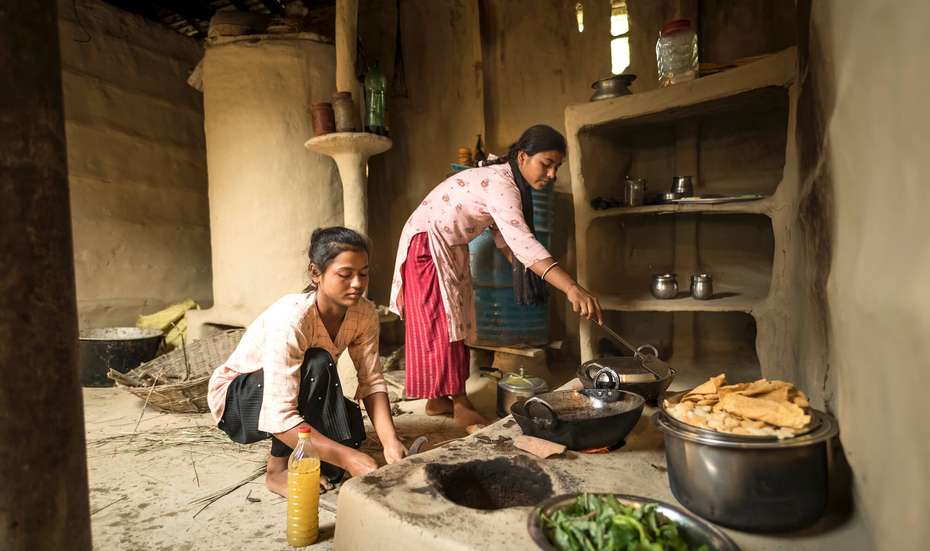
Increasing involvement
In India, Bangladesh and Nepal, legislation allows each village the right to set its own community development plan and the financial budget for it. In reality, however, this often means that the most powerful community members take over and do as they see fit. The Nutrition Smart CommUNITY initiative therefore encourages and trains community members to become actively involved in community planning processes, to make sure their voices are heard and to claim their rights if necessary.
Strengthening institutions
Strong self-empowerment groups, farmers‘ organizations or village committees are key to mobilizing the village population. Also necessary are people like 40-year-old Sokina Khatun. She leads a women‘s self-empowerment group in the remote model villages of India‘s Chittagong Hills, with 35 members who provide advisory services in the region. “I work with about 180 families here, including 76 children under the age of five,” she says, describing her busy day. “Many girls and boys are malnourished. No one has done anything for them here yet.”
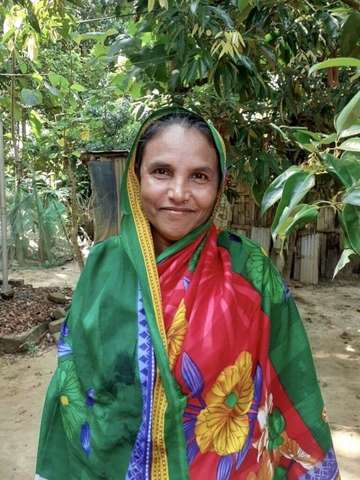
When Sokina had to marry after her father died, she was still a child. That left its mark on her. “Child marriages must be prevented,” she says firmly, “and women must be allowed to develop their potential.” Studies confirm that a woman‘s status has a direct impact on malnutrition rates – on those of the women themselves and those of their children. Sokina also educates women about family planning: “Fewer children mean better health and less poverty.
Above all, however, Sokina Khatun is a kind of village manager. As part of the Nutrition Smart CommUNITY, she has trained for this role. She guides community members to analyze their problems as well as the potential of their village and how to develop solutions. She also works with local authorities to ensure that families receive seeds, fertilizers and other agricultural inputs. That way, she provides various incentives, all of which pay off in a way that ensures that the village is functioning as a system and that people are empowered to help themselves.
Arun’s mother, Sunita Adiwasi, and other women from Nayagaon are now teaching neighboring communities about healthy eating and good hygiene. Ram Charan shares his knowledge and experience in agriculture with other owners of home gardens and fields. Sokina Khatun has organized a nutrition camp for malnourished children. She is right in the middle of village life – between mothers, children, recipes, hand washing, worries and hopes large and small.
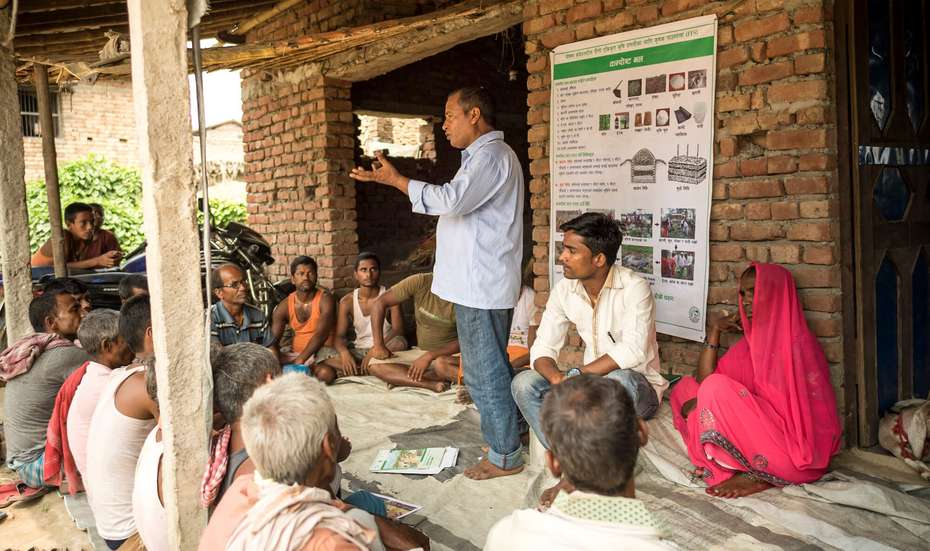
670 model villages on two continents
All these experiences and successful approaches are now serving as a model for other village communities across cultures and continents. The Nutrition Smart CommUNITY initiative now includes Sierra Leone, Malawi, Ethiopia, Burundi and Tajikistan and is entering its second phase. From the start, the whole concept of the project was designed to scale up its impact without too much effort. Two Nutrition Smart Villages at the start of the program in Asia have already become 670. Over a four-year period, they have all become centers of knowledge and learning, including for neighboring communities. Promising results include a marked improvement in families’ food diversity, they are practicing more organic agriculture, and access to government health- and nutrition-related services has also improved.
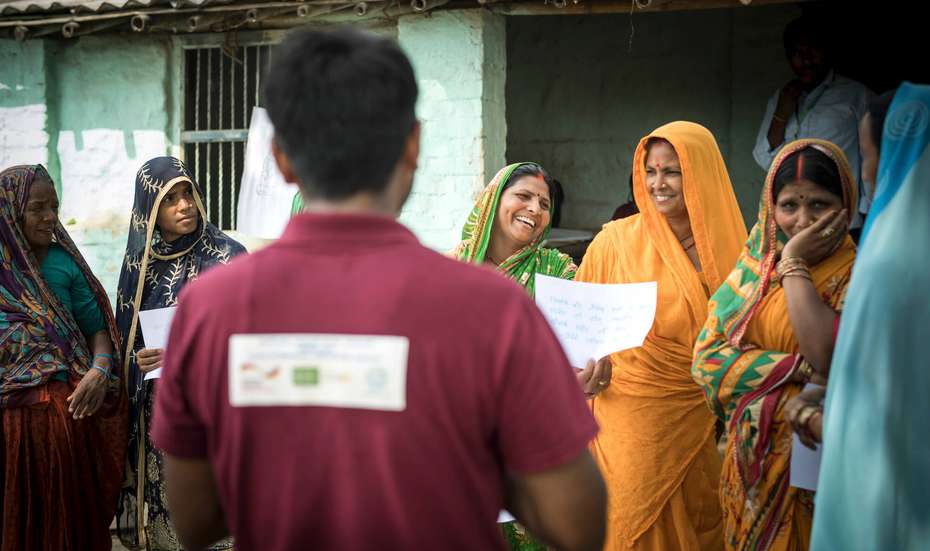
The physical distance between the Indian village of Nayagaon and the village of Langarama in Sierra Leone is around 10,000 kilometers. But the Nutrition Smart CommUNITY initiative somehow connects the two communities with their similar problems and potential solutions. Successful scaling up, however, is not just about transferring a method from one country to another. It also means assembling a whole number of countries, projects, and stakeholders under one roof, continuously adapting and improving the working methods and materials and customizing them so that they become appropriate for the location. Networks will connect villages across Asia and Africa to foster joint responsibility, knowledge exchange, dissemination, and replicability.
Government agencies, civil society, and national and international development organizations are increasingly taking notice of WHH’s initiative. More and more people and institutions are getting on board and are broadening the network of expertise, cooperation and capacity to act. In the future, a global digital platform will facilitate mutual learning and the collaboration among all stakeholders. It will ensure that the concept spreads, the idea multiplies and that more and more communities will become “Nutrition Smart“.
Philippe Dresrüsse, program coordinator, and Sweta Banerjee, nutrition expert, are part of the Welthungerhilfe team in India coordinating the Nutrition Smart CommUNITY initiative.
